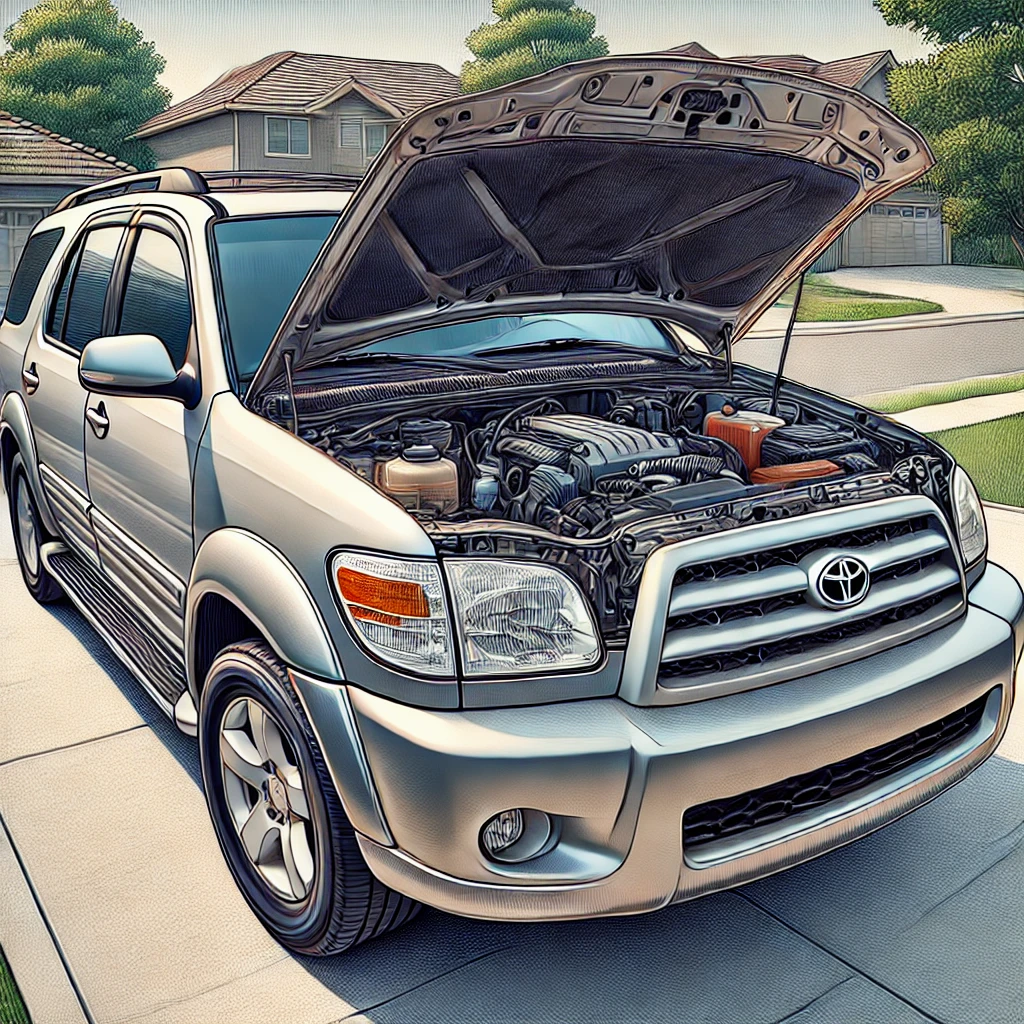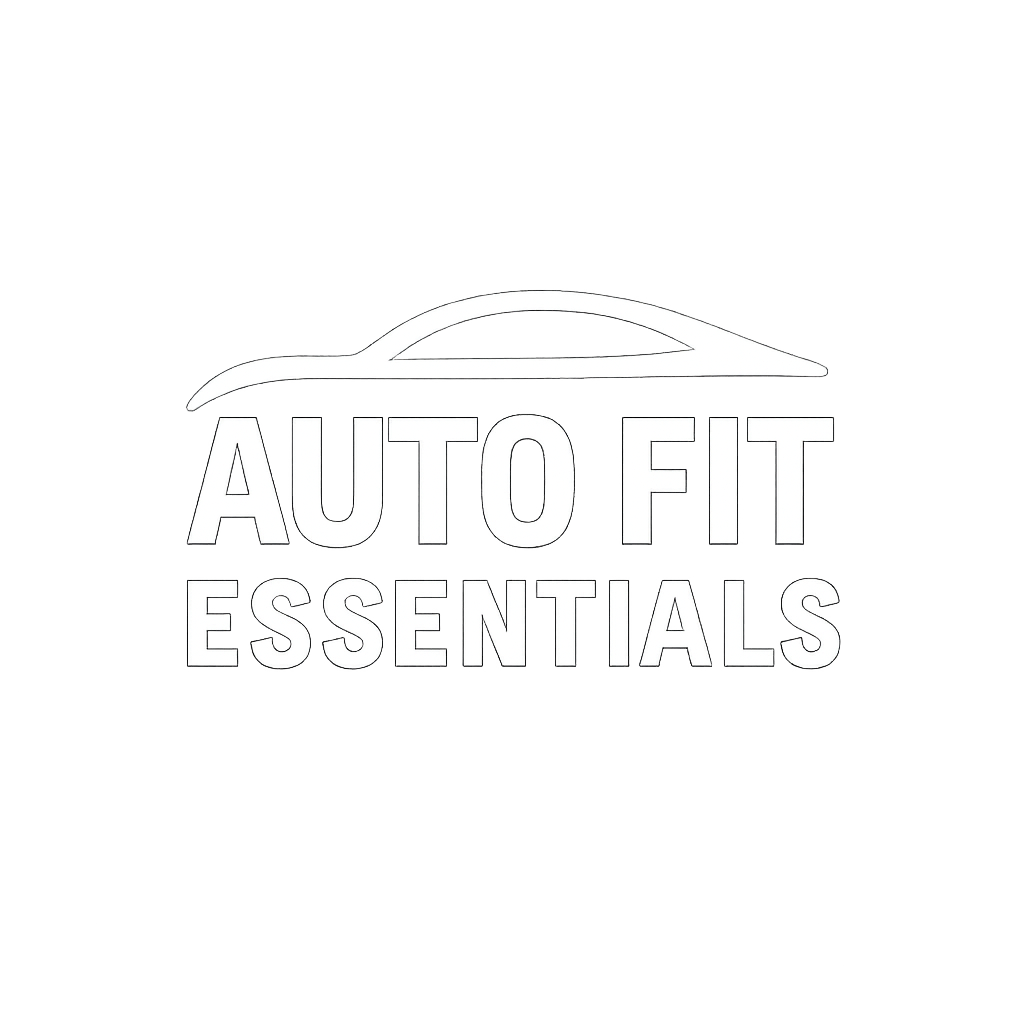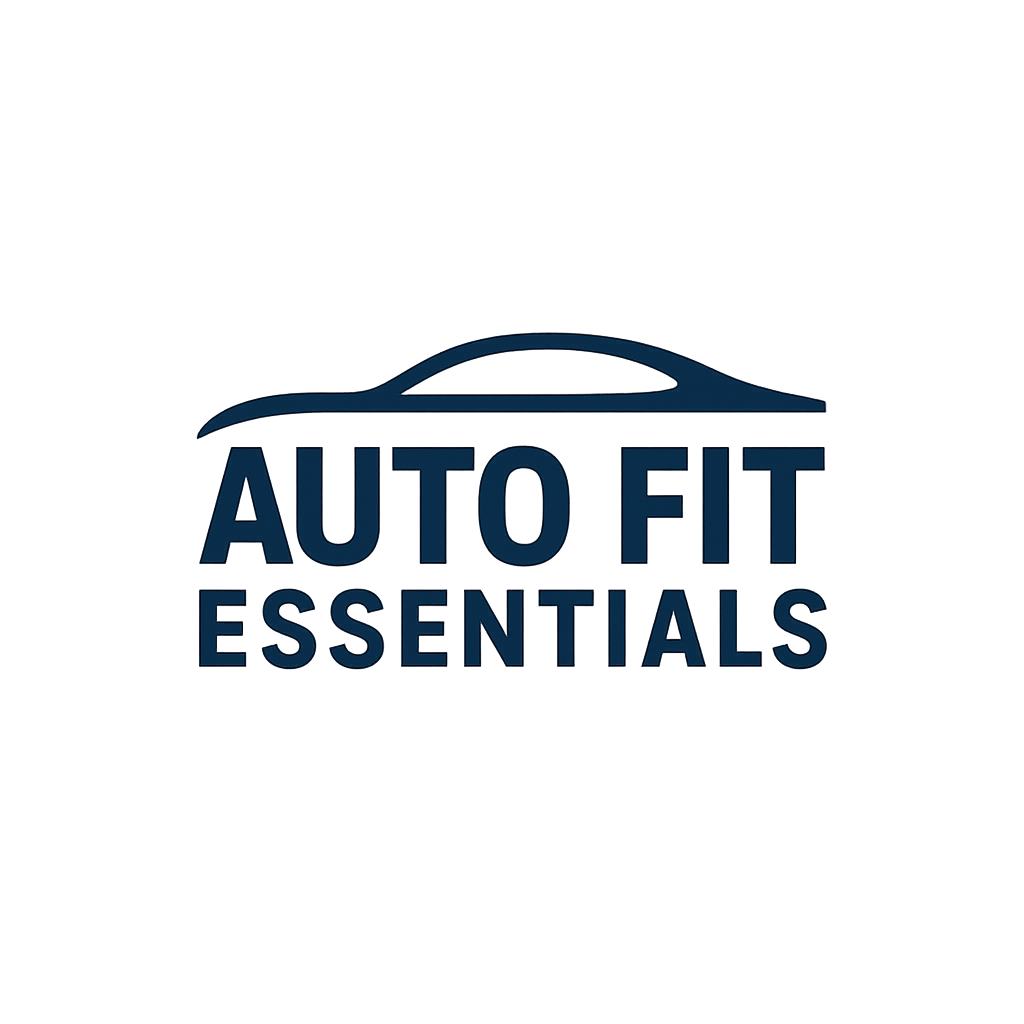
Complete Maintenance Checklist for 2001-2007 Toyota Sequoia 4.7L V8
Complete Maintenance Checklist for 2001-2007 Toyota Sequoia 4.7L V8
The 2001-2007 Toyota Sequoia with the 4.7L V8 engine is a reliable and robust SUV known for its longevity and performance. Like any vehicle, regular maintenance is essential to keep it running smoothly and to prevent costly repairs down the road. Here's a comprehensive guide to the routine maintenance tasks that should be performed on this legendary SUV.
Why Proper Maintenance Matters
Your first-generation Sequoia's 2UZ-FE 4.7L V8 engine is built to last hundreds of thousands of miles—but only with proper care. Following this maintenance schedule will:
- Prevent costly repairs by catching issues early
- Maintain reliability for family adventures
- Preserve resale value of your investment
- Ensure safety for you and your passengers
- Optimize fuel economy and performance
Essential Maintenance Schedule
🔧 Every 5,000 Miles or 6 Months
1. Oil and Filter Changes
Why: Regular oil changes keep the engine lubricated, reduce wear, and maintain fuel efficiency.
Pro Tip: Use high-quality synthetic or synthetic-blend oil and a premium oil filter for optimal performance. The 2UZ-FE engine holds approximately 6.6 quarts with filter.
Recommended Oil: 5W-30 synthetic or conventional oil meeting API specifications.
2. Tire Maintenance
Tasks: Rotation, pressure check, visual inspection
Why: Promotes even tire wear and improves handling.
Pro Tip: Check tire pressure monthly and ensure it matches Toyota's recommended levels (typically 32-35 PSI front and rear).
🔧 Every 15,000 Miles or Annually
3. Air Filter Inspection/Replacement
Frequency: Every 15,000-30,000 miles, depending on driving conditions.
Why: Prevents dirt and debris from entering the engine, improving fuel efficiency and performance.
Pro Tip: Check the filter more often if you drive in dusty conditions. A dirty air filter can reduce fuel economy by up to 10%.
4. Suspension and Steering Components
Tasks: Inspect ball joints, tie rod ends, control arm bushings, and shocks/struts
Why: Ensures safe handling and prevents excessive tire wear.
Warning Signs: Clunking noises, uneven tire wear, or wandering steering.
5. Drive Belts Inspection
Tasks: Check serpentine belt for cracks, fraying, or glazing
Why: Prevents breakdowns caused by worn or cracked belts.
Pro Tip: Replace every 60,000 miles or sooner if damage is visible.
🔧 Every 24,000 Miles or 2 Years
6. Brake Fluid Replacement
Why: Maintains braking performance and prevents moisture buildup that can lead to corrosion.
Pro Tip: Use DOT 3 or DOT 4 brake fluid as recommended by Toyota. Brake fluid is hygroscopic (absorbs moisture) and must be replaced regularly.
🔧 Every 30,000 Miles
7. Transmission Fluid Service
Why: Ensures smooth shifting and prolongs transmission life.
Pro Tip: Use Toyota's recommended ATF (Automatic Transmission Fluid) for best results. Don't forget to inspect the transmission filter and pan gasket.
Capacity: Approximately 12-14 quarts for complete service.
8. Coolant/Antifreeze Replacement
Frequency: Every 30,000 miles or 2-3 years.
Why: Protects the engine from overheating and prevents corrosion in the cooling system.
Pro Tip: Use Toyota Long Life or Super Long Life coolant to match factory specifications. Never mix different coolant types.
9. Differential and Transfer Case Fluids
Frequency: Every 30,000-50,000 miles.
Why: Ensures the longevity of 4WD components and reduces wear on gears.
Pro Tip: Use high-quality gear oil with the correct viscosity as specified in the manual (typically 75W-90 or 80W-90).
🔧 Every 50,000 Miles
10. PCV Valve Service
Why: Helps maintain proper engine ventilation and reduces oil consumption.
Pro Tip: Clean or replace if clogged to ensure smooth engine operation. A faulty PCV valve can cause rough idle and increased oil consumption.
🔧 Every 60,000-90,000 Miles
11. Fuel Filter Replacement
Why: Ensures proper fuel flow and protects the fuel injectors from debris.
Pro Tip: If experiencing fuel delivery issues, replace the filter sooner. Some models have the filter integrated into the fuel pump assembly.
🔧 Every 90,000 Miles or 7 Years
12. Timing Belt Service (CRITICAL!)
Why: Prevents catastrophic engine damage. The 4.7L engine is an interference engine, meaning a broken timing belt can result in significant internal damage.
⚠️ IMPORTANT: This is the most critical maintenance item on your Sequoia. Timing belt failure can cause $5,000+ in engine damage.
Pro Tip: Replace the water pump, tensioner, and idler pulleys at the same time to save on labor costs. Total service typically costs $800-1,200 but prevents catastrophic failure.
🔧 Every 120,000 Miles
13. Spark Plugs Replacement
Why: Ensures efficient combustion and maintains fuel economy.
Pro Tip: Use OEM or high-quality aftermarket iridium spark plugs for longevity. The 2UZ-FE uses 8 spark plugs.
Additional Maintenance Items
Battery Care
Frequency: Test annually, replace every 3-5 years.
Why: Prevents unexpected breakdowns.
Pro Tip: Keep terminals clean and ensure the battery is securely mounted. Cold weather significantly reduces battery capacity.
Exhaust System Inspection
Frequency: Inspect annually.
Why: Ensures no leaks or damage that could affect performance or safety.
Warning Signs: Unusual noises, smells, or visible rust/damage.
Wheel Bearings
Frequency: Inspect as needed when symptoms arise.
Why: The sealed wheel bearings are maintenance-free but can wear out over time.
Warning Signs: Humming or grinding noises while driving, especially during turns.
Cost-Saving Tips
DIY vs. Professional Service
DIY-Friendly Tasks:
- Oil changes
- Air filter replacement
- Battery maintenance
- Basic inspections
- Accessory installation (key fob covers, floor mats)
Professional Service Recommended:
- Timing belt replacement
- Transmission service
- Brake system work
- Suspension repairs
- Electrical diagnostics
Money-Saving Strategies
- Bundle Services: Combine related maintenance items to save on labor
- Buy Quality Parts: Invest in OEM or premium aftermarket parts
- Follow the Schedule: Preventive maintenance is cheaper than repairs
- Keep Records: Maintain detailed service history for resale value
- Find a Toyota Specialist: Independent shops often cost less than dealers
Protecting Your Investment
While maintaining the mechanical aspects of your Sequoia, don't forget about protection and comfort:
Interior Protection
- Quality floor mats to protect carpeting
- Seat covers to prevent wear and staining
- Key fob covers to protect your expensive remote
- Cargo liners for hauling gear
Exterior Care
- Regular washing to prevent corrosion
- Wax protection against UV damage
- Undercarriage cleaning in harsh climates
Maintenance Record Keeping
Track your maintenance with:
- Service dates and mileage
- Parts used and suppliers
- Labor costs and shop information
- Photos of major services
- Warranty information
Good records help with:
- Warranty claims
- Resale value
- Troubleshooting issues
- Planning future maintenance
Conclusion
By following this comprehensive maintenance schedule, you can keep your 2001-2007 Toyota Sequoia 4.7L running reliably for many years to come. The key is consistency—don't skip services, especially the critical timing belt replacement.
Remember: your Sequoia is built to last 300,000+ miles with proper care. Invest in quality maintenance now to enjoy reliable service for decades to come.
Quick Reference Checklist
Print this checklist and keep it in your glove box:
- [ ] Oil change every 5,000 miles
- [ ] Tire rotation every 5,000-7,500 miles
- [ ] Air filter check every 15,000 miles
- [ ] Brake fluid every 24,000 miles
- [ ] Transmission service every 30,000 miles
- [ ] Coolant replacement every 30,000 miles
- [ ] Timing belt every 90,000 miles (CRITICAL!)
- [ ] Spark plugs every 120,000 miles
Need quality accessories to protect your Sequoia during maintenance and daily use? Browse our Sequoia collection for premium floor mats, key fob covers, and interior protection designed specifically for your first-generation Toyota Sequoia.
Found this helpful?
Share it with fellow Toyota enthusiasts!
Ready to Upgrade Your Toyota?
Browse our collection of premium accessories designed specifically for your Toyota model.
Shop AccessoriesMore Toyota Guides
Continue learning with our expert articles

